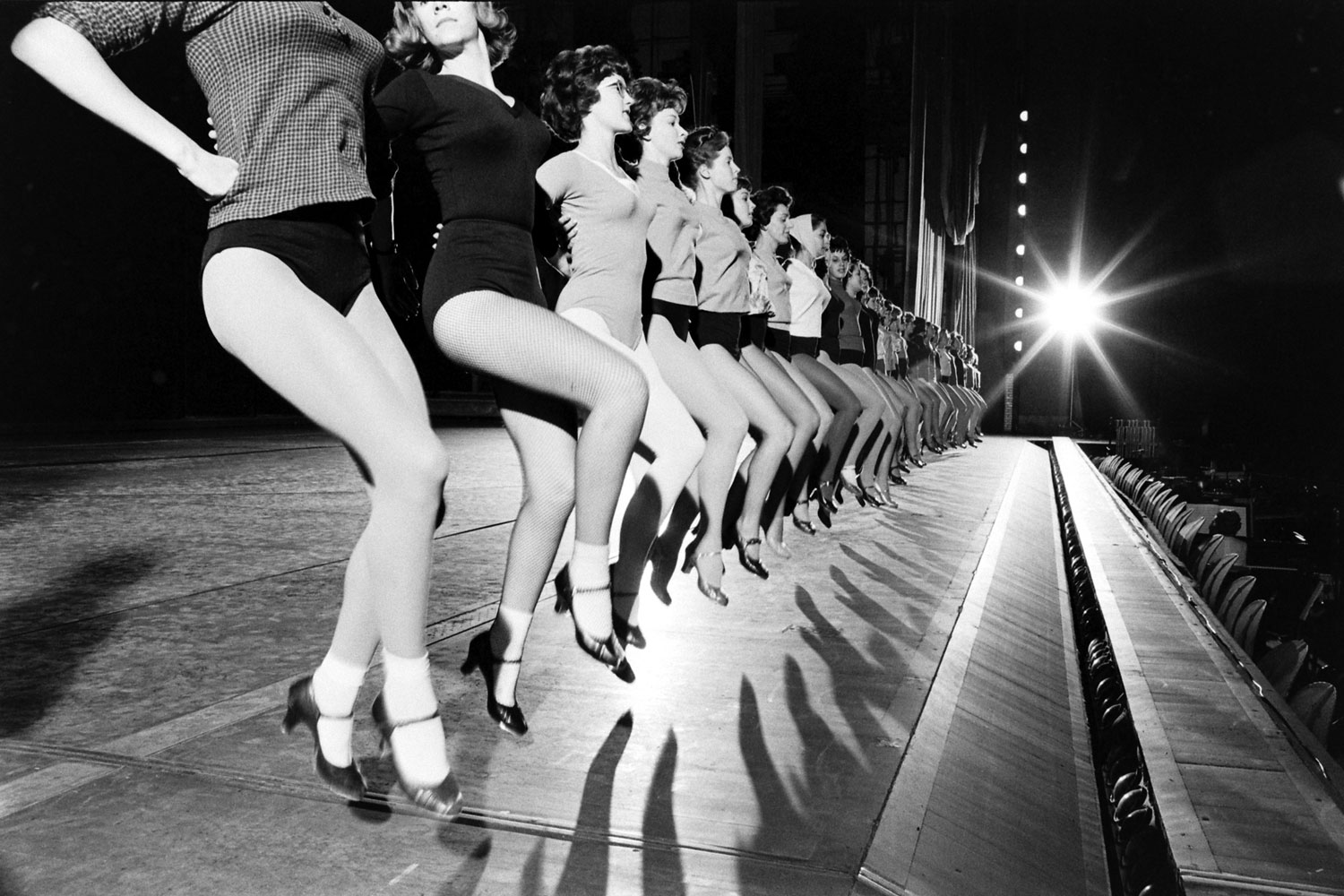
In America, holiday traditions vary from family to family, town to town, state to state and region to region. When it comes to Christmas, in particular, the numbers of ways that people (Christians and non-Christians, alike) celebrate the season can hardly be quantified. Christmas in Vegas, for example, will resemble Christmas in, say, Vermont, only to the extent that blinking lights will probably play a role in the festivities in both locations. Beyond that, the manner in which the denizens mark the occasion are likely to be so divergent that they might as well be celebrating on different planets.
Some holiday traditions, however, are so ingrained in the culture that, whether we live three blocks or three thousand miles away from where they unfold, most of us gain a certain measure of comfort from knowing, positively knowing, that when December rolls around, so will these time-honored happenings. More than a few of these seasonal markers occur in New York City — the Rockefeller Center tree lighting; the Nutcracker at the New York City Ballet (and on a hundred other stages, large and small, across the land); Handel’s Messiah at Carnegie Hall. But one could make the argument that absolutely nothing in the entire tinsel-bedecked panoply of holiday extravaganzas anywhere in the country — nay, in the world — says “Christmas is here” quite like Radio City Music Hall’s annual “spectacular,” and specifically, those smiling, high-kicking precision-dancing Rockettes.
Here, As the annual Radio City Christmas Spectacular kicks off once again in New York City, LIFE.com looks back at the Rockettes through the lens of one specific year — 1964 — and the lives of the company’s dancers. Most of these pictures, by LIFE’s Art Rickerby, were never published in LIFE magazine.
In the cover story for its December 11, 1964, issue (left), the magazine regaled its readers with behind-the-scenes tales of “The World’s Most Famous Kick” and how the dancers themselves prepped for four shows a day, seven days a week, on one of the most famous stages in the world. The piece also focused on five young dancers who, out of the many, many hopefuls who auditioned in 1964, were talented and driven enough to make the grade:
Little girls [wrote LIFE] who grow up to be Rockettes are born and raised in places like Milford, Mass., and Niles, Ohio, and Erie, Pa., and they get thrust into dancing classes by their mamas when they are scarcely more than toddlers. As they grow older they hear about the great dance spectacle at the Radio City Music Hall and start to wonder if. . . .
The more enterprising ones write letters asking how one goes about becoming a Rockette. They get polite form replies listing the requirements: they must be high school graduates, between 5-feet 5-inches and 5-feet 8-inches tall, have good figures and be excellent performers in tap, ballet, modern jazz dance and high kicks.
(NOTE: According to Radio City’s latest requirements, Rockettes “must be between 5′ 6″ and 5′ 10.5″ tall … [and] must be proficient in jazz and tap.”)
LIFE also offered glimpses, of course, into the creative force behind the dance numbers — namely, Russell Markert, the show’s long-time director:
“Lean back [LIFE quotes Markert in rehearsal] as if you were saying, ‘Hallelujah!’ Got it? You, over there, put some blood in those arms. They look like weak fish. And you, the blonde, don’t be afraid to stick out your butt and never mind twisting the backside — it throws you off. Don’t you hear the beat? Here — I’ll hum it for you.”
Markert is a brisk and stern taskmaster, first demonstrating a new routine to his girls, then letting them try it, then throwing up his arms in dismay and flinging himself into the group to dance with them. [He] is a kindly man who clucks over his girls, and calls them “my dancing daughters” … [If] anybody falters during a performance, even so slightly that the audience would never notice, he sinks into private pits of black despair.”
Of the first-year Rockettes themselves who were featured in the issue — young women who hailed from small towns in Maine, Ohio, Massachusetts and Pennsylvania — LIFE wrote (utterly demystifying any notion that anyone might still harbor of the glamorous life a young dancer leads in the Big Apple):
Each more frightened than the other, they decided to join forces in a city that turned to be even more perilous than they had imagined. They paid $300 a month for a shabby two-room apartment in a run-down hotel — and nobody told them they were being overcharged. They were snapped at by waitresses and cabbies and pushed and shoved about in the subway. But four times a day they changed into spangles and feathers and make-up and danced before 6,200 patrons who had paid to see them.
All these years later, at least that part of the story remains unchanged. After all the hard work and hard knocks and sore muscles and self-doubts, the Rockettes head out on stage and there — eagerly waiting, happily anticipating — are thousands of men, women and (of course) children who have come from near and far to see them.
How many of us, after all, can say that about our jobs?
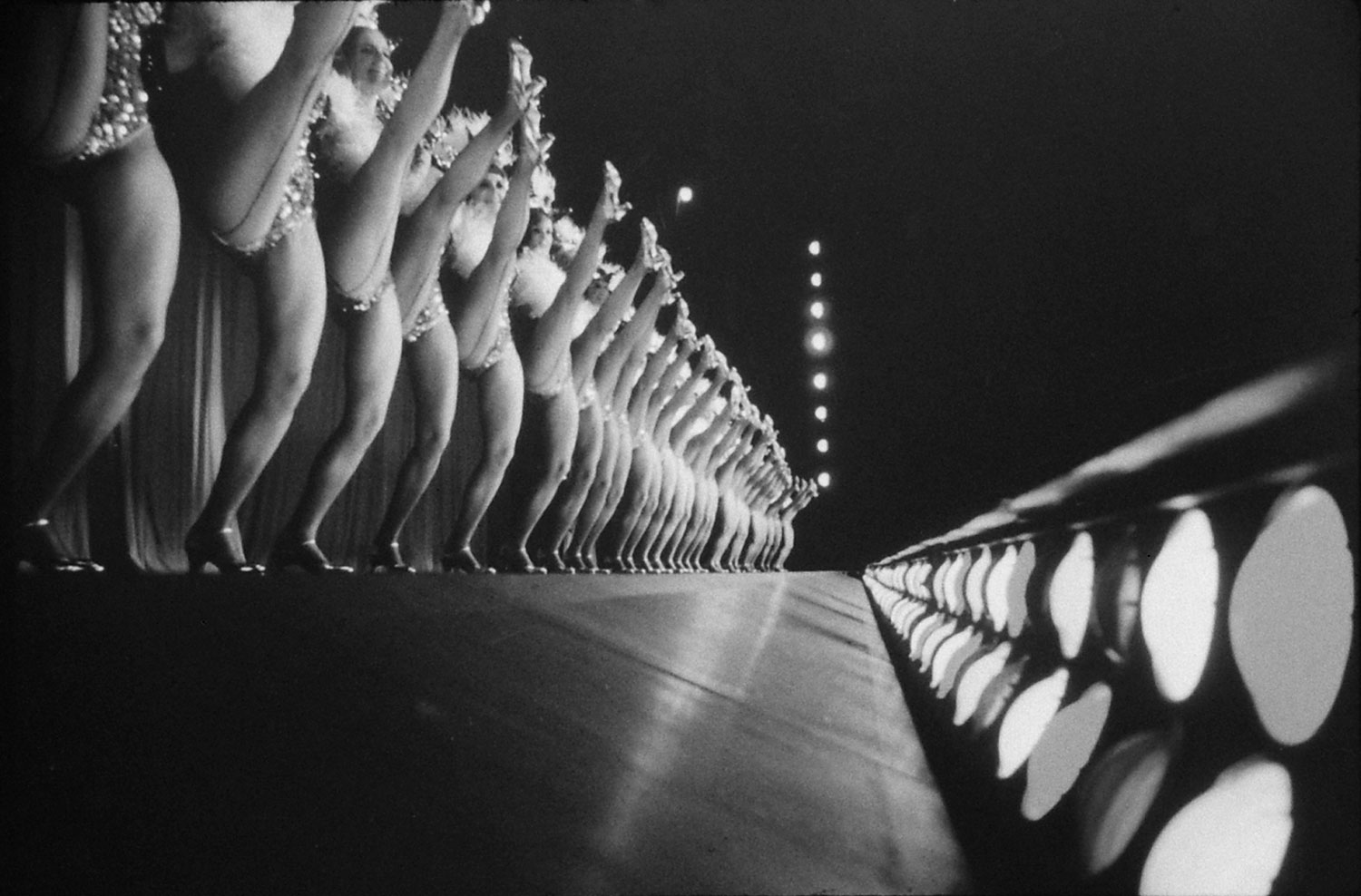
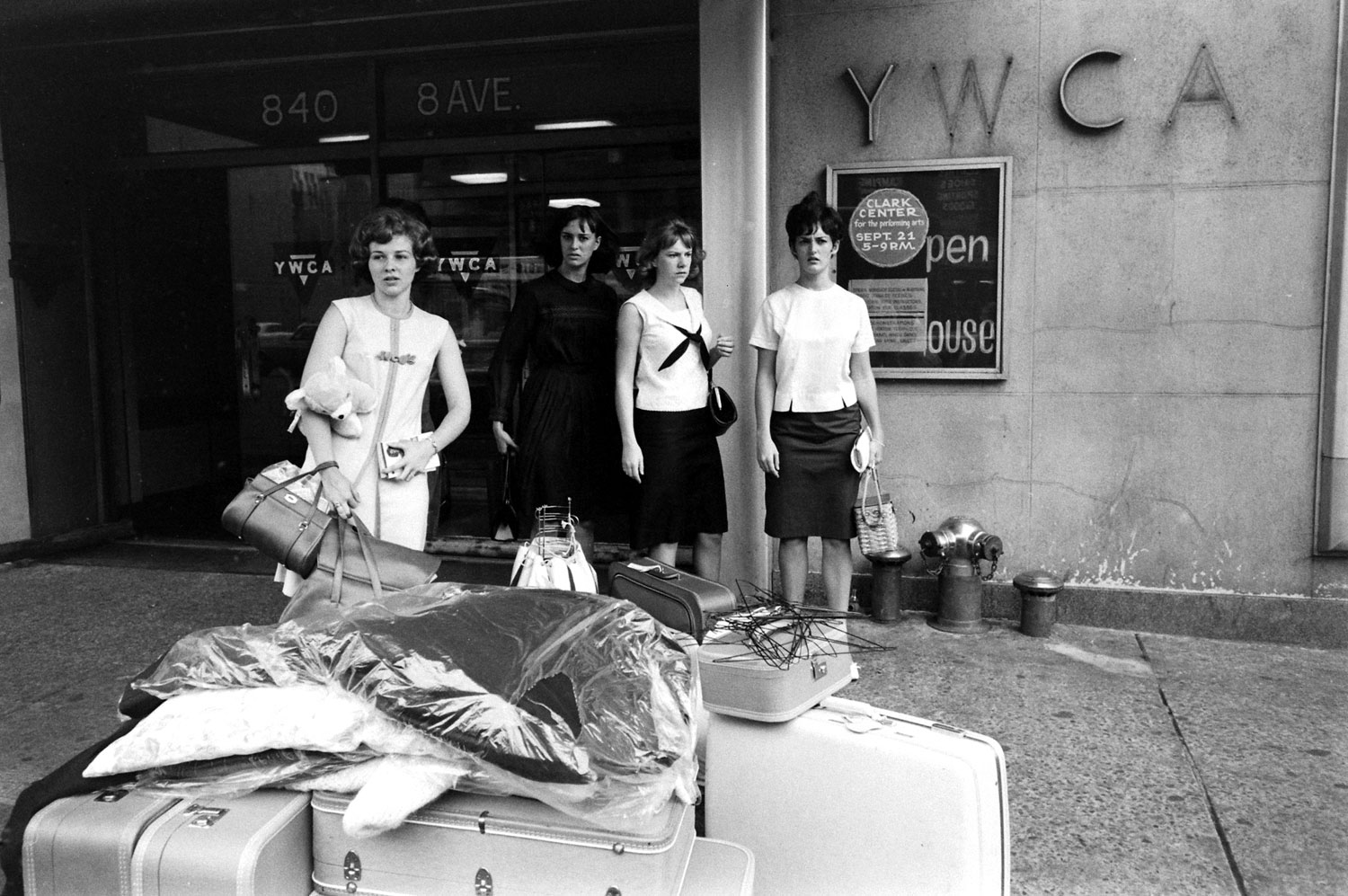
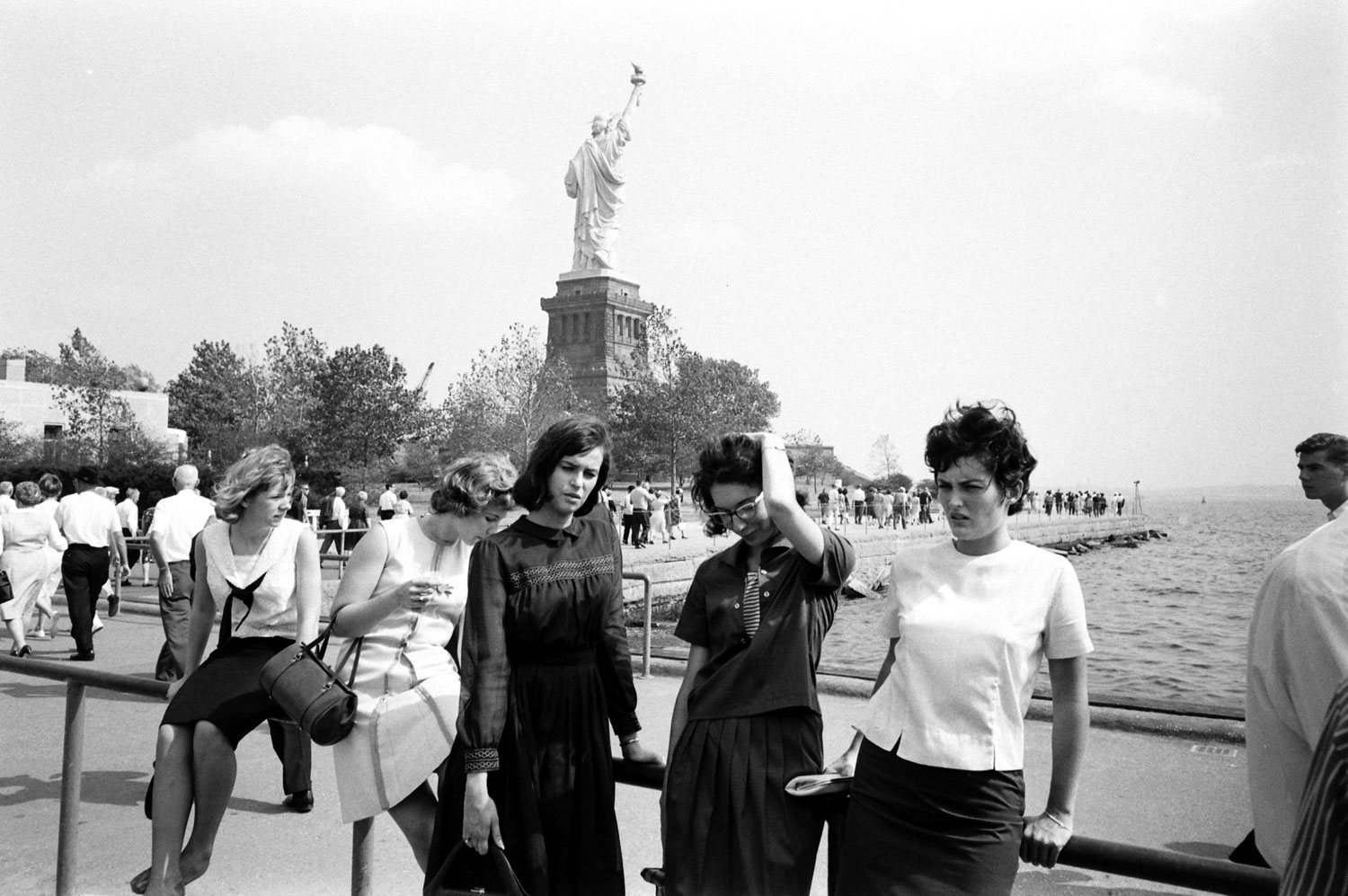
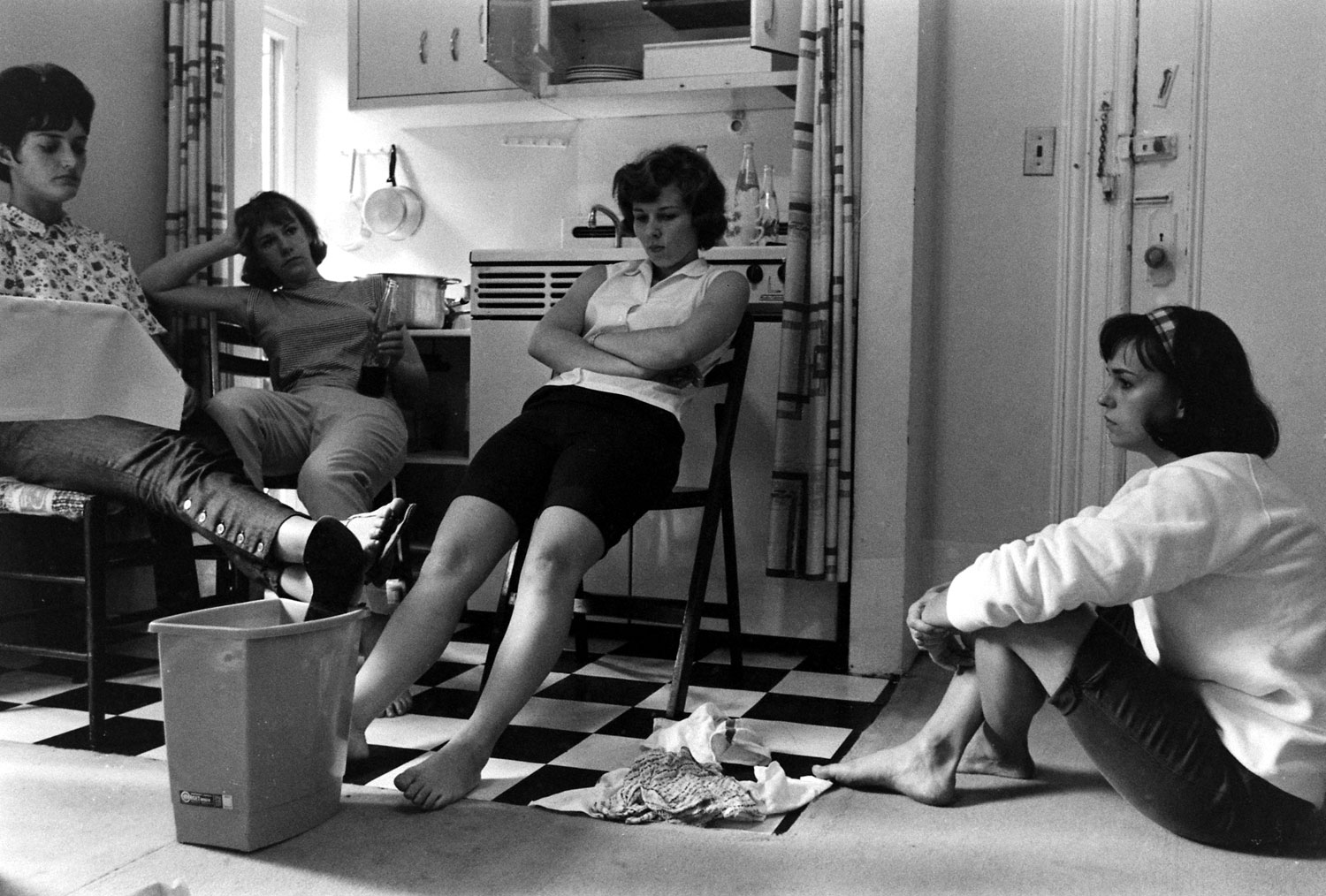

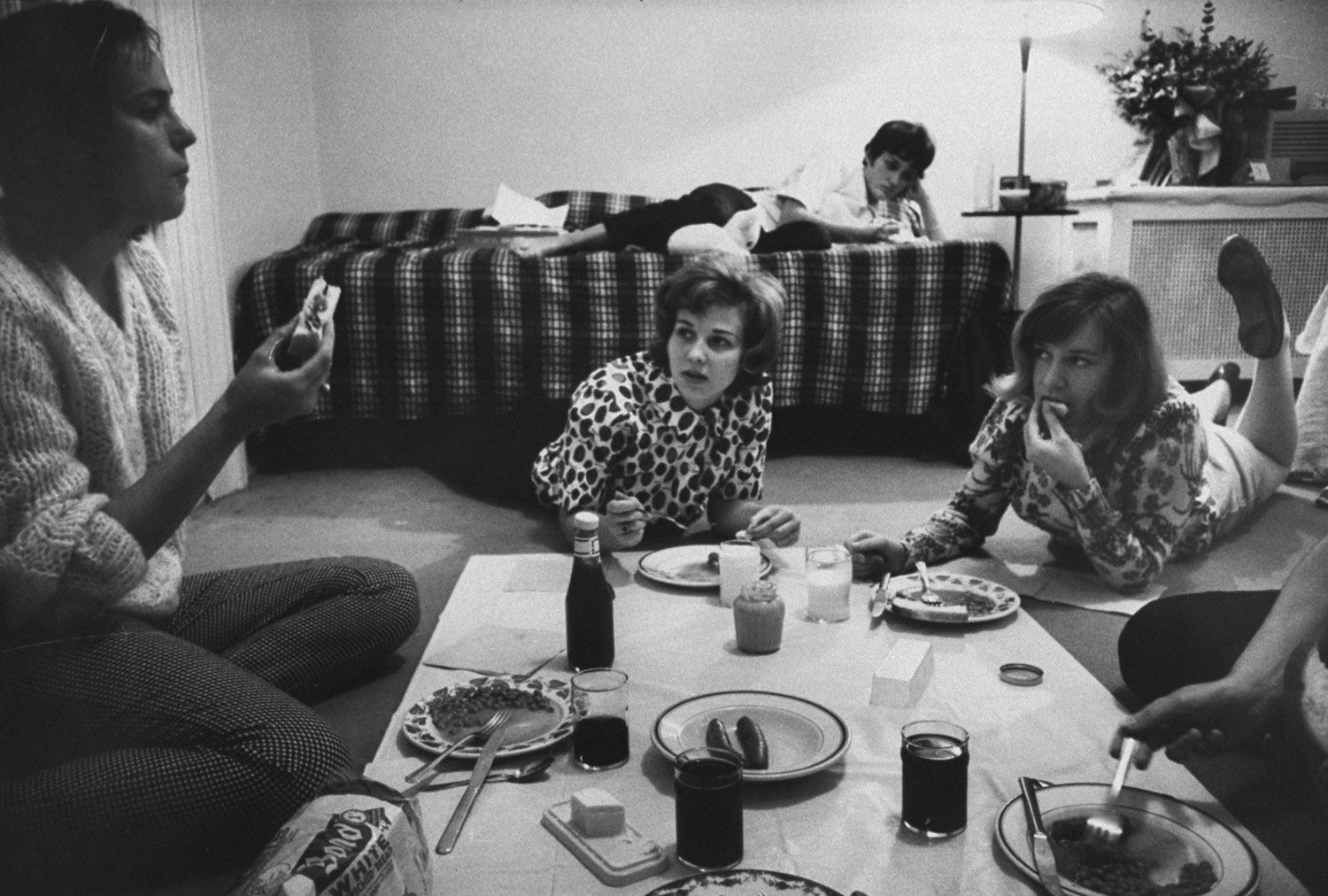
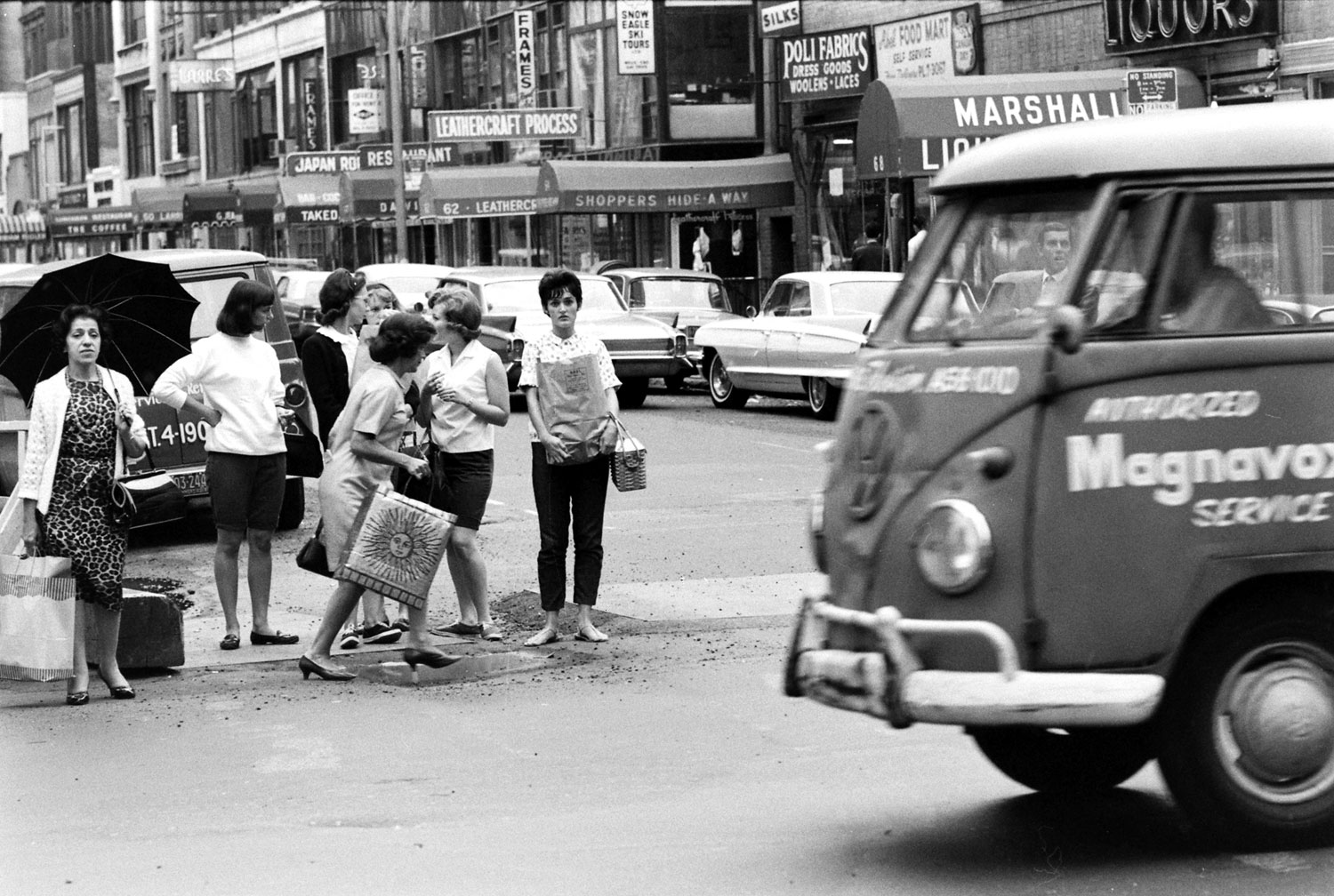
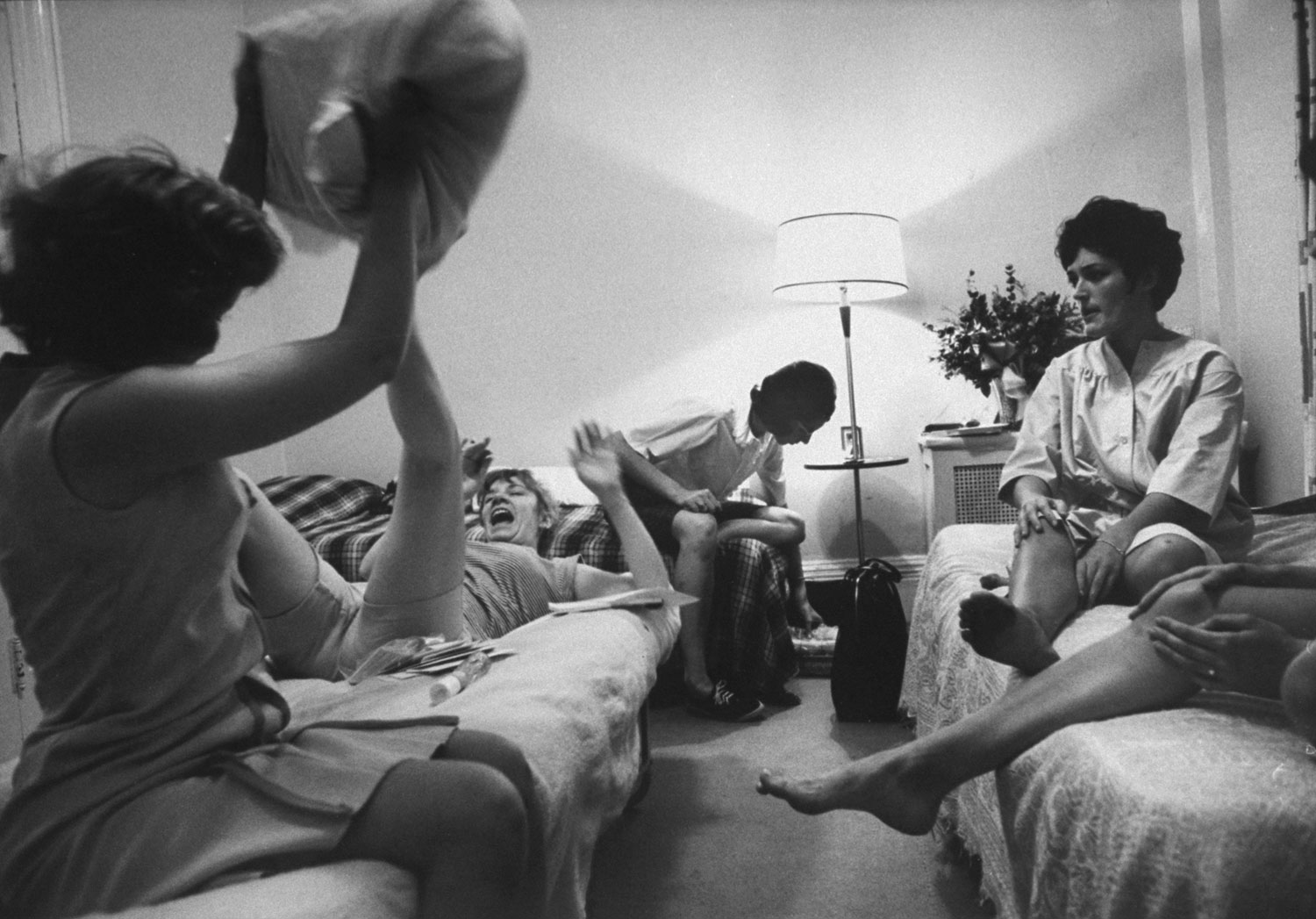

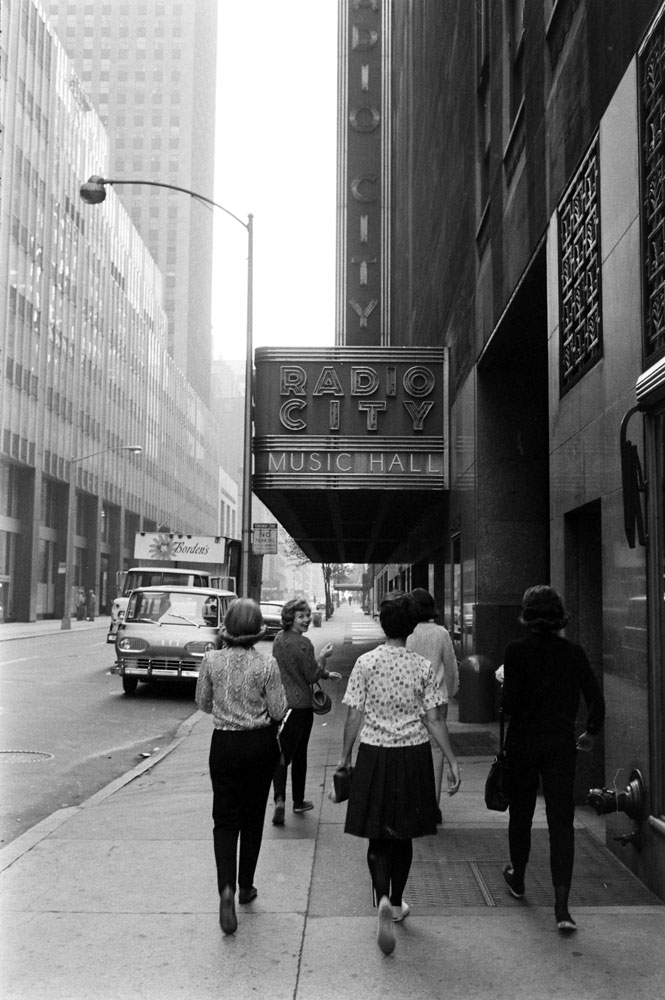
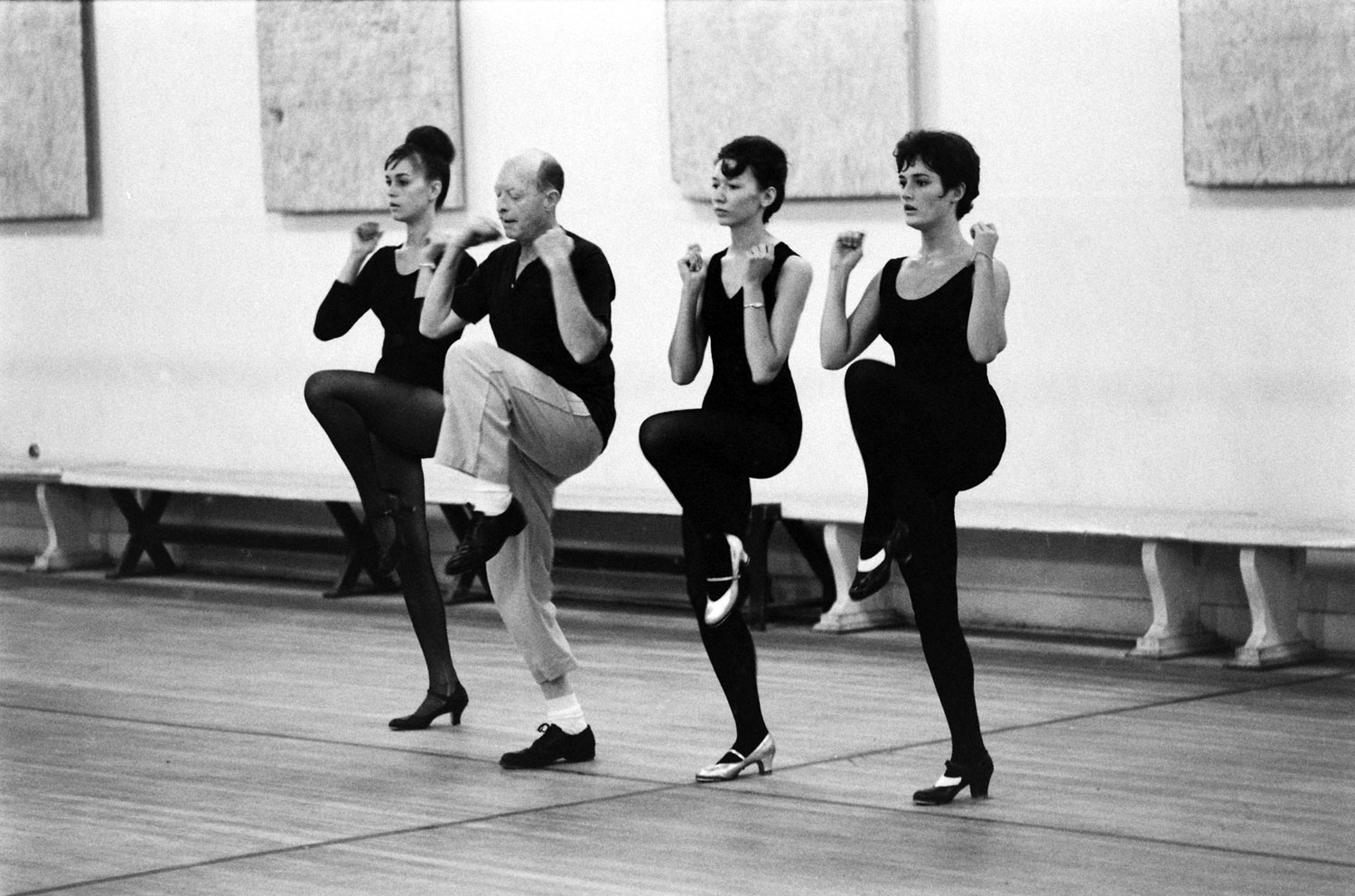
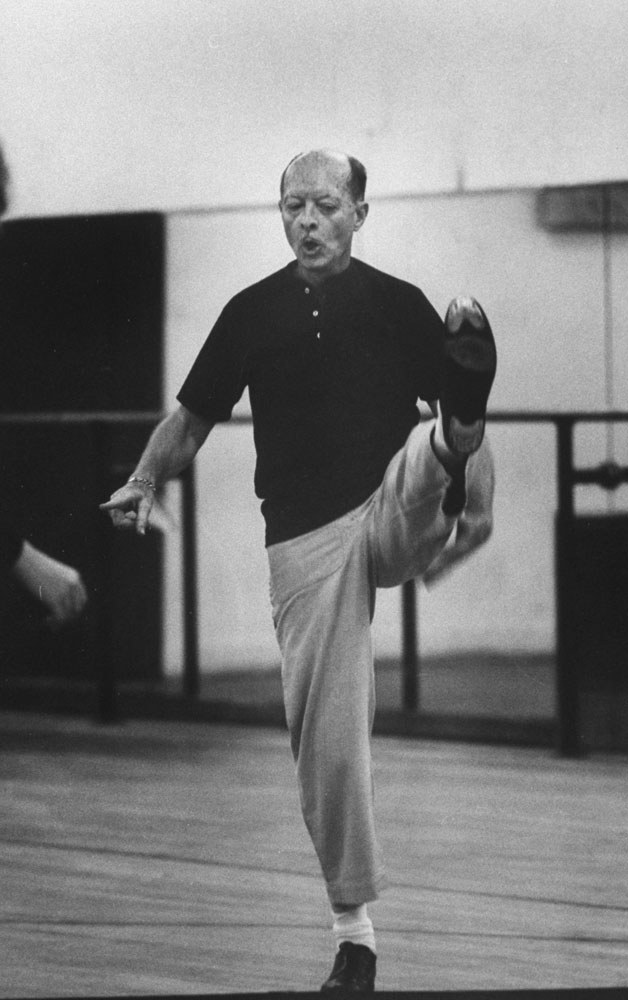
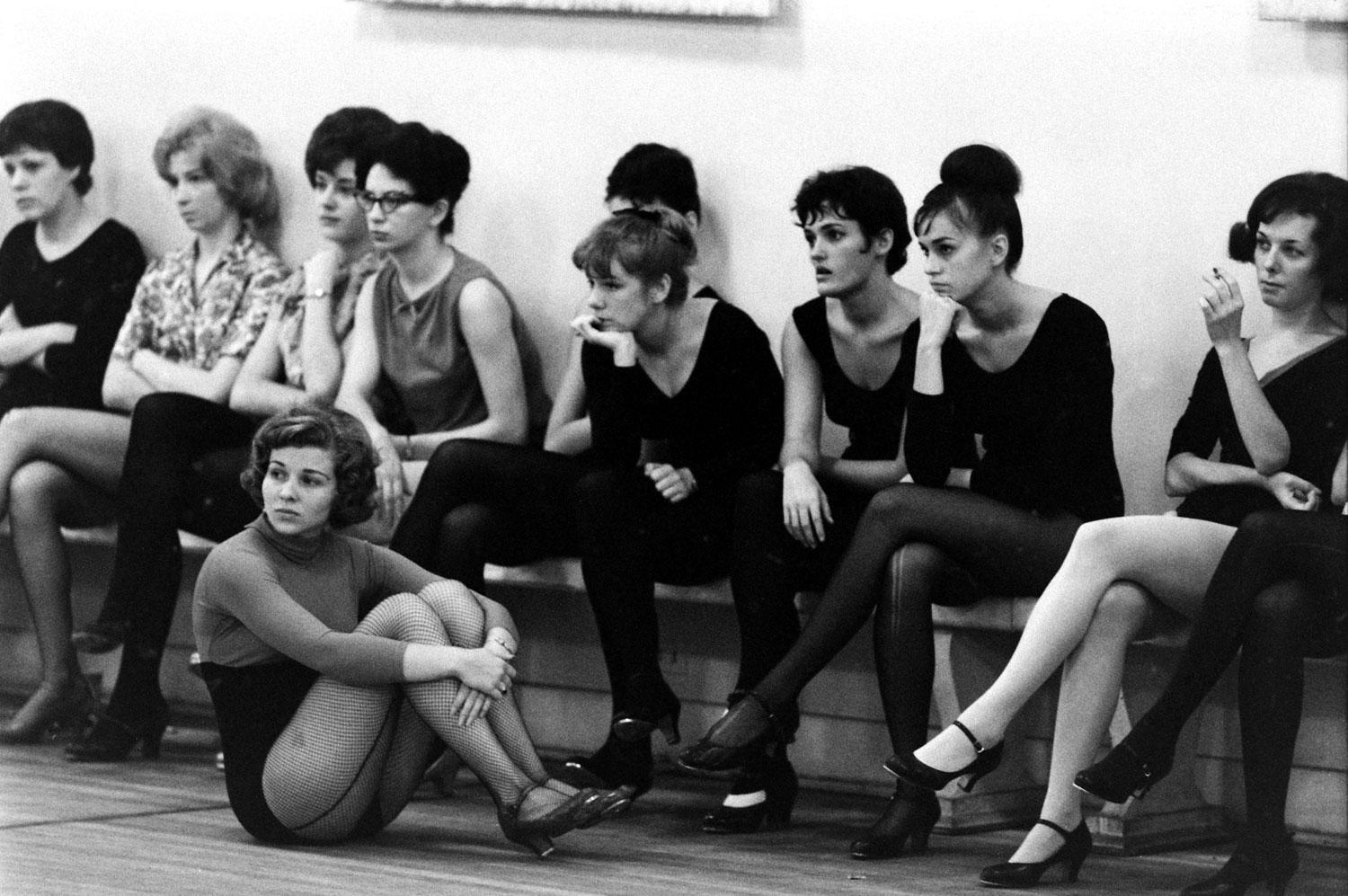
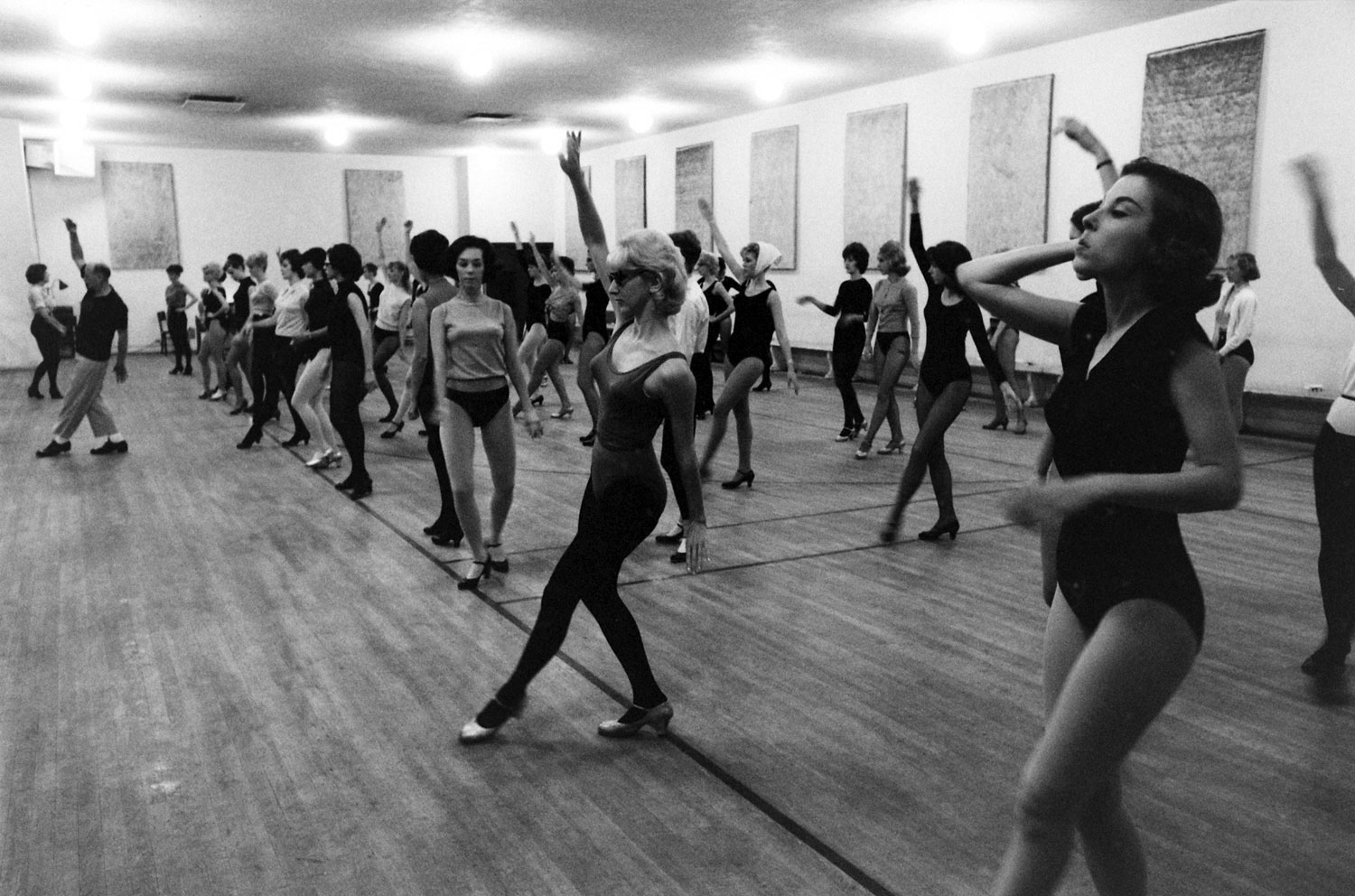
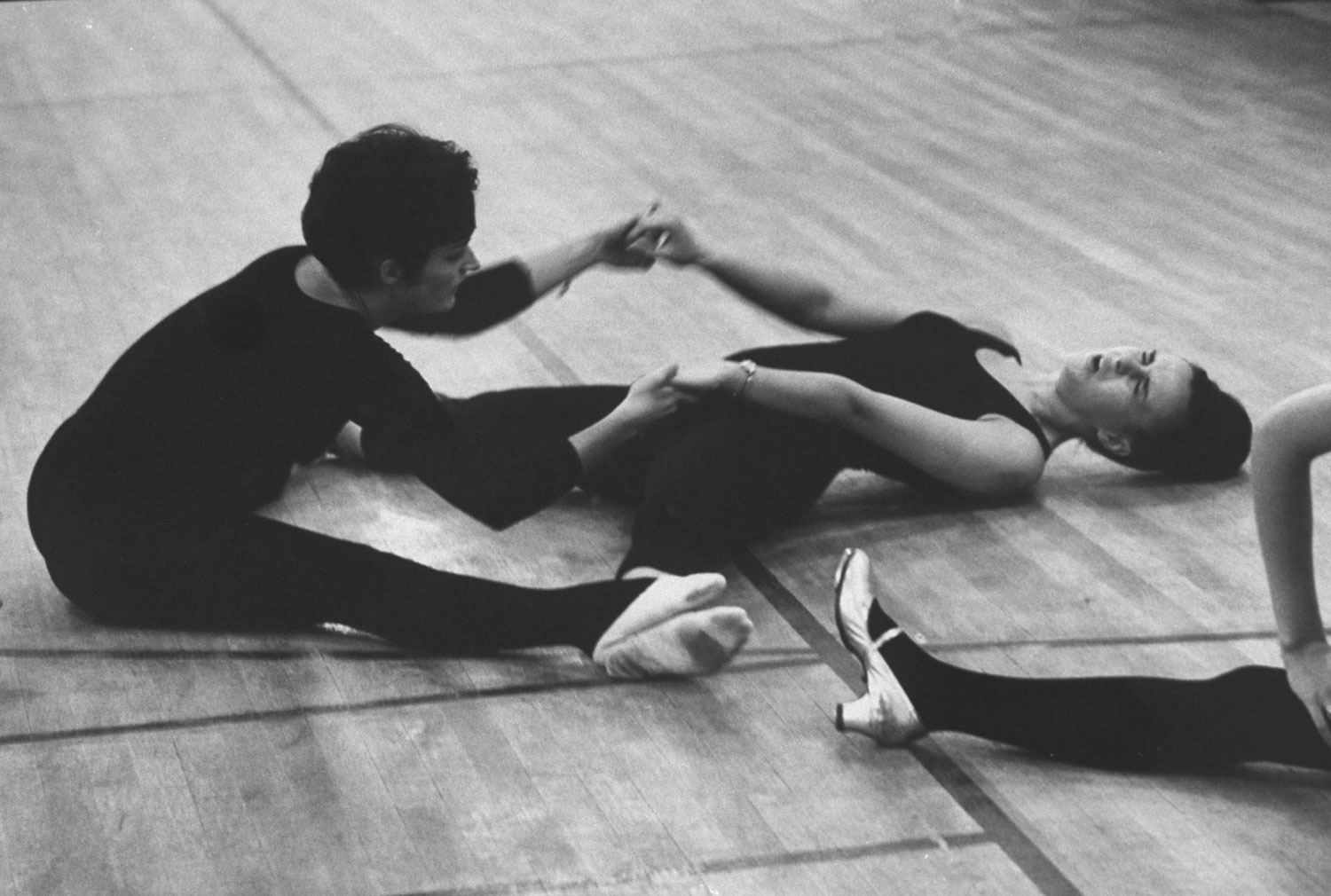
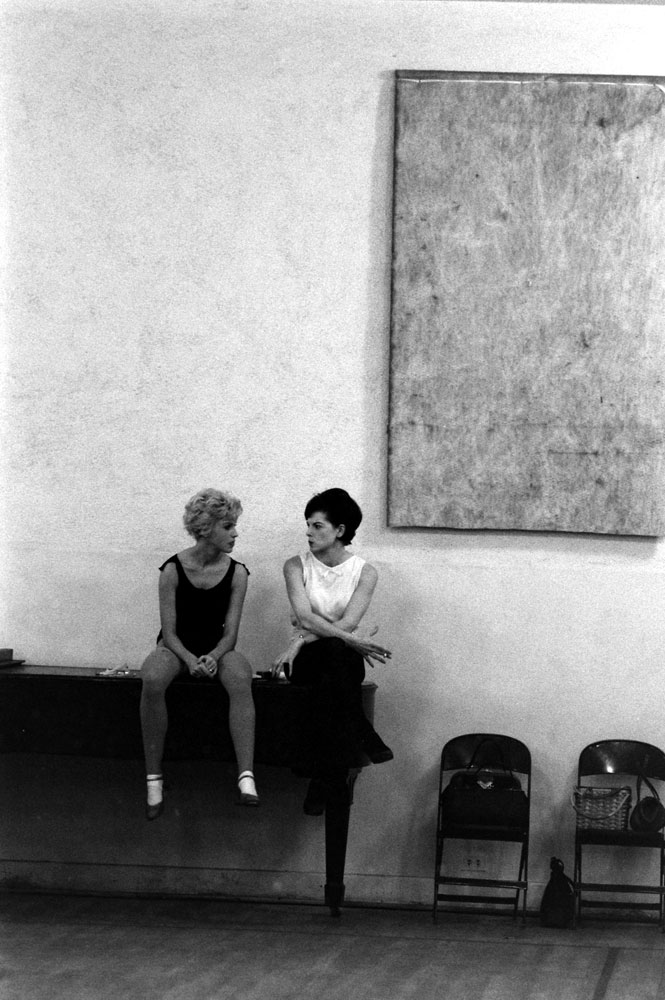
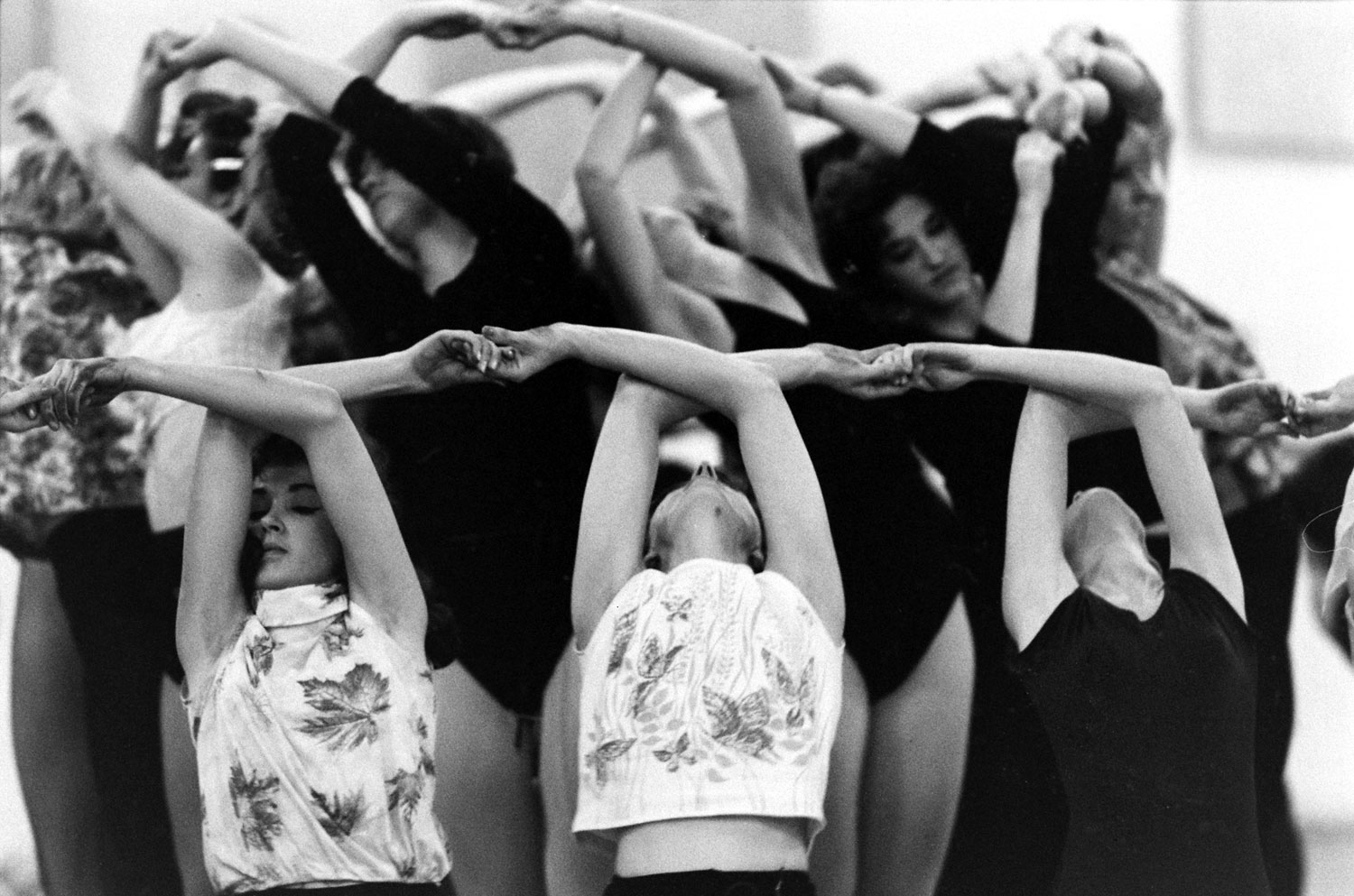

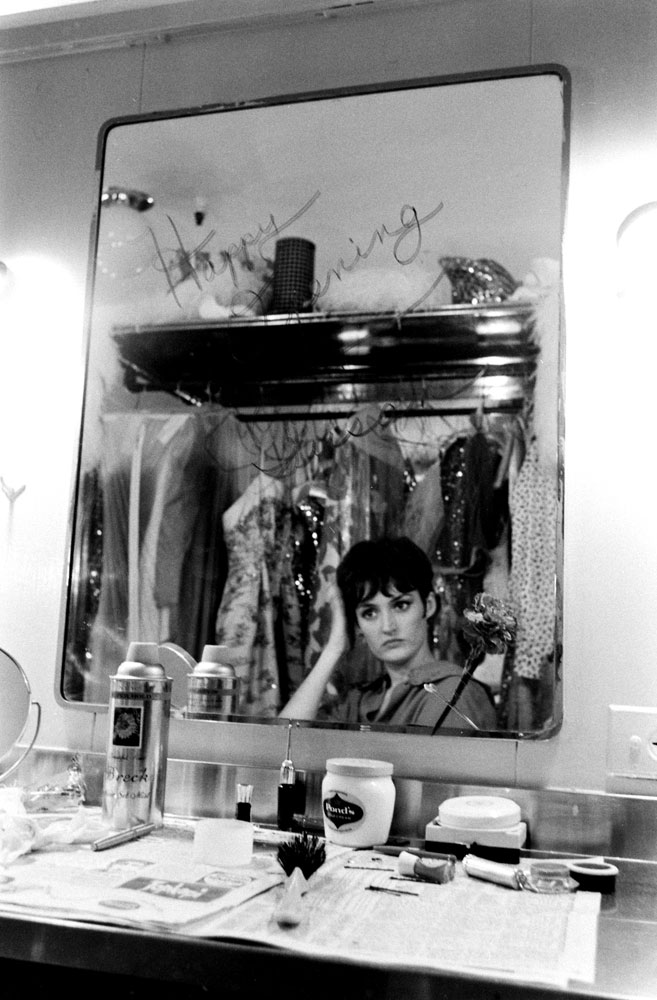
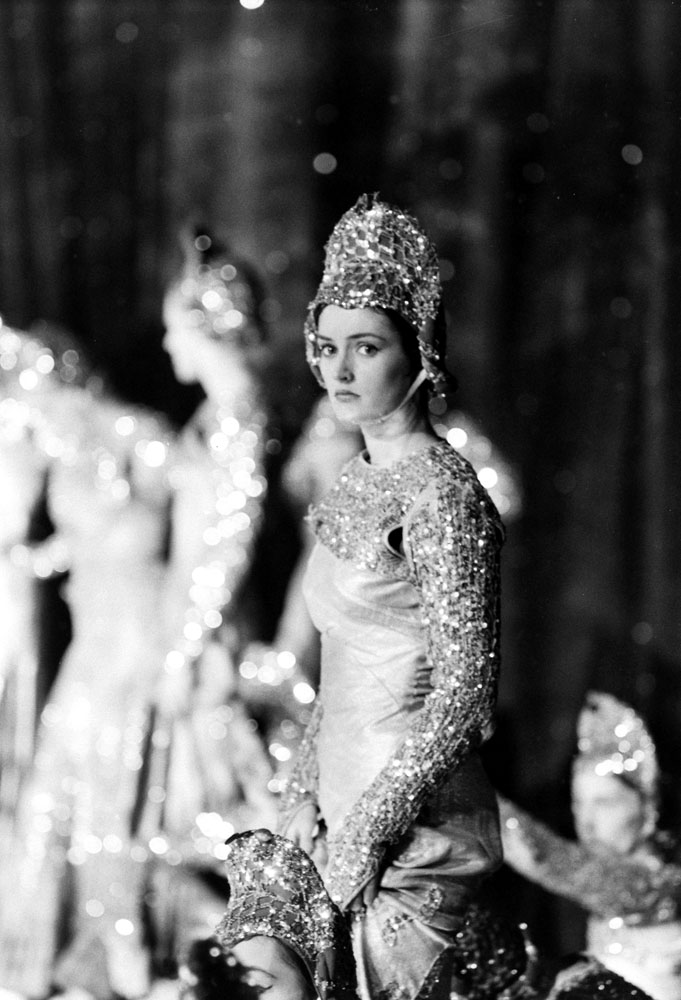
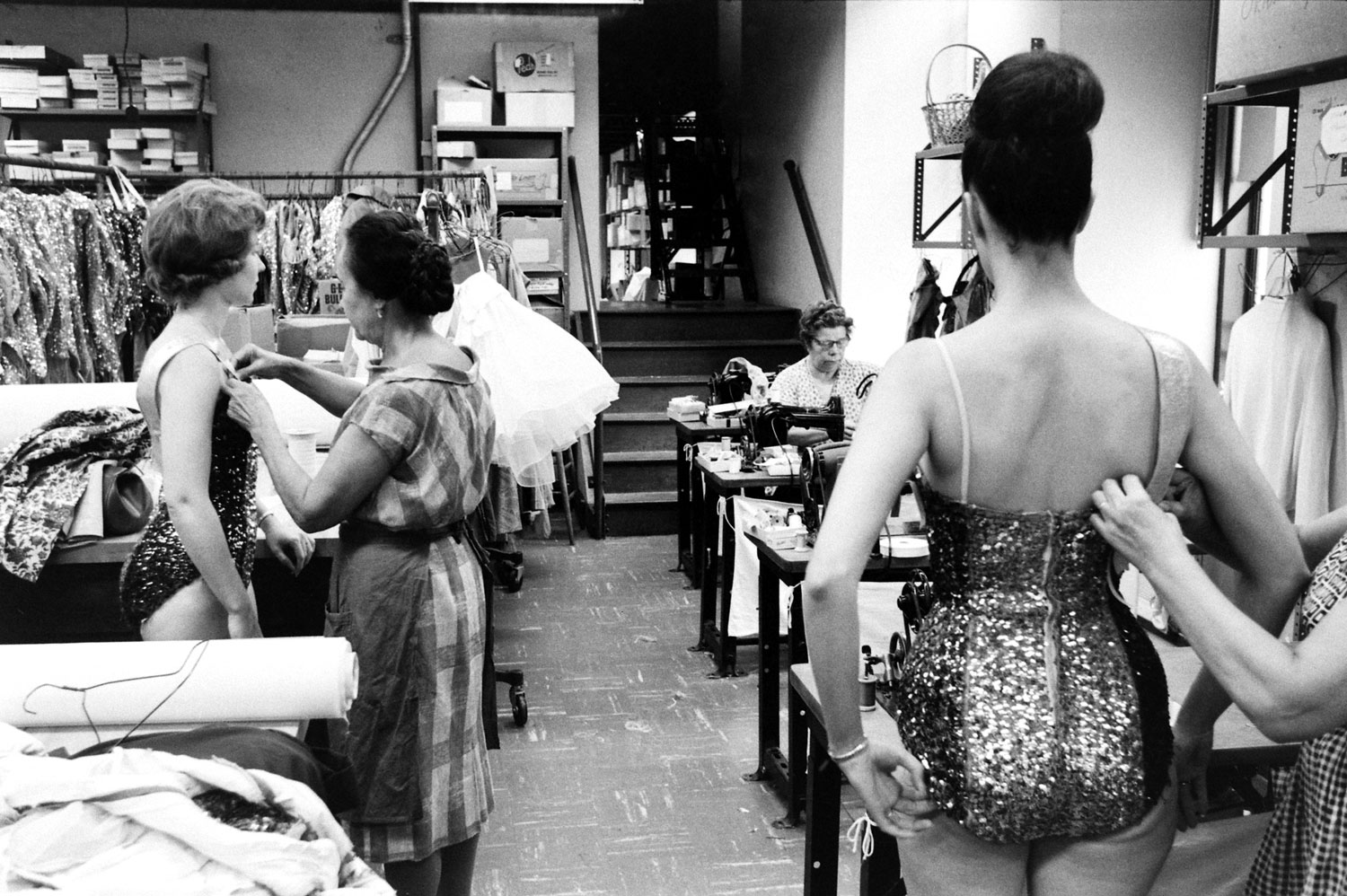
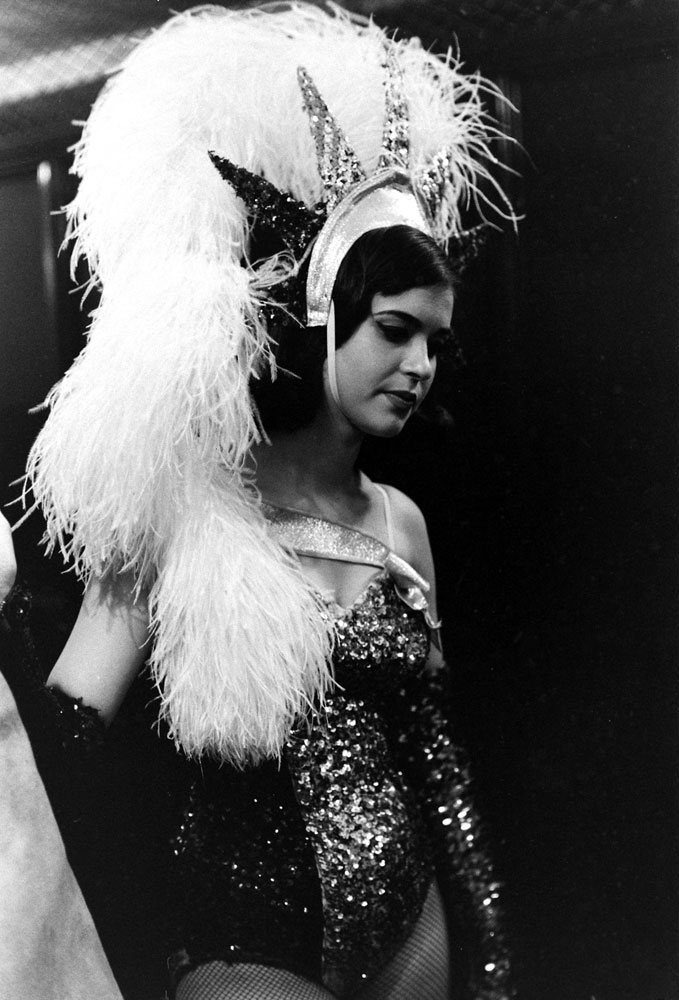
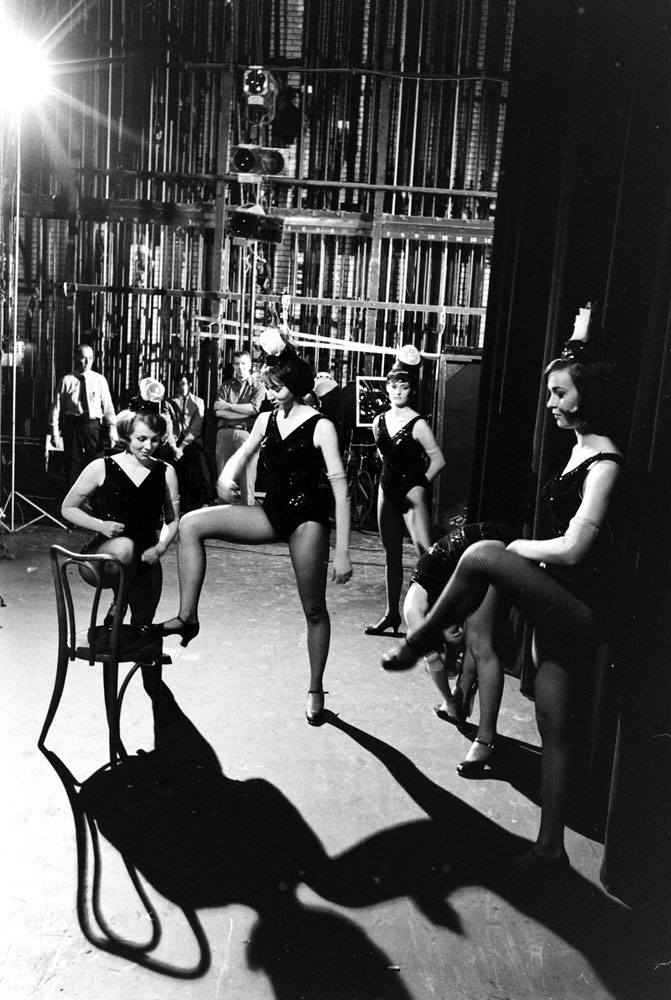
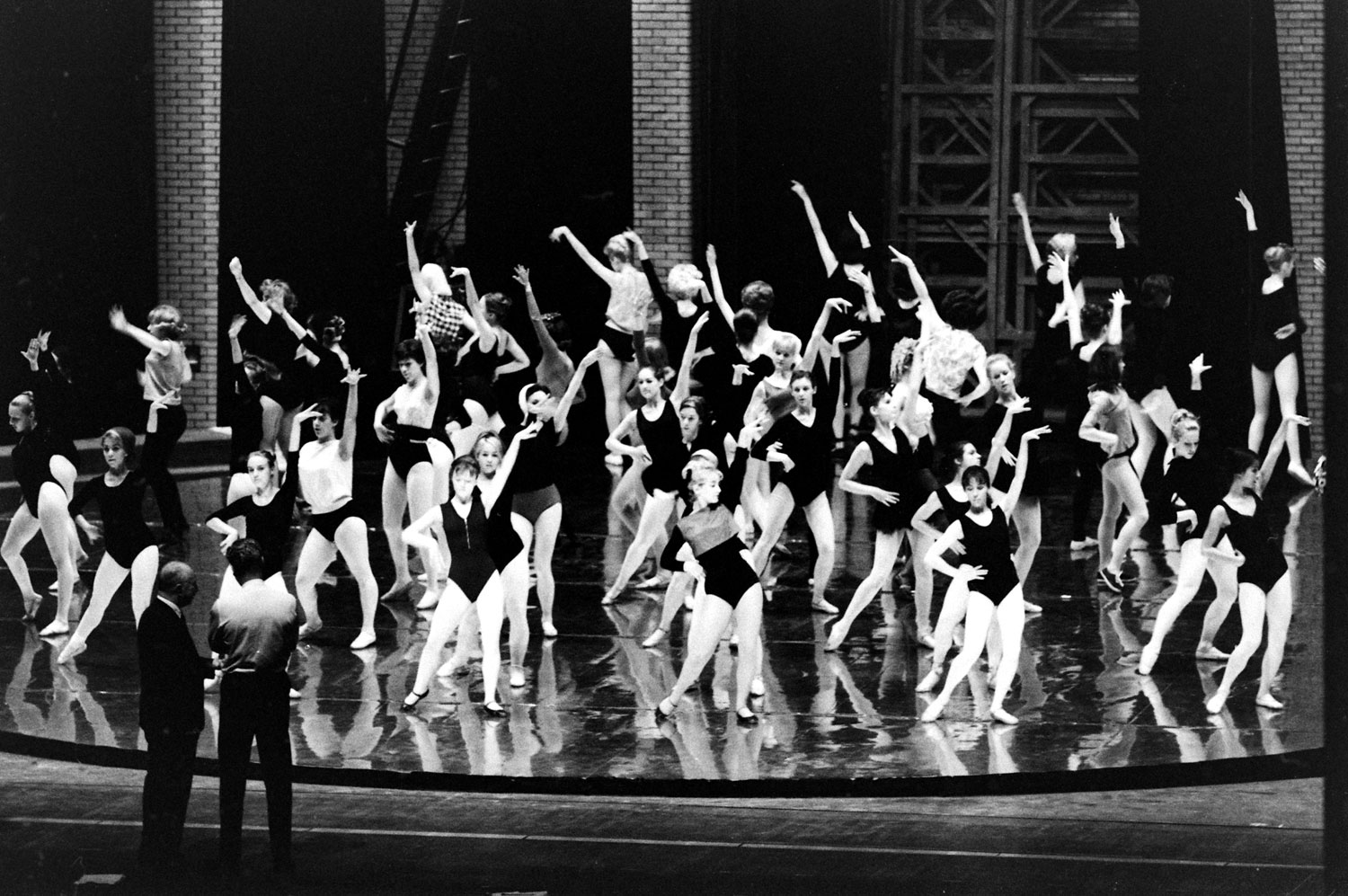

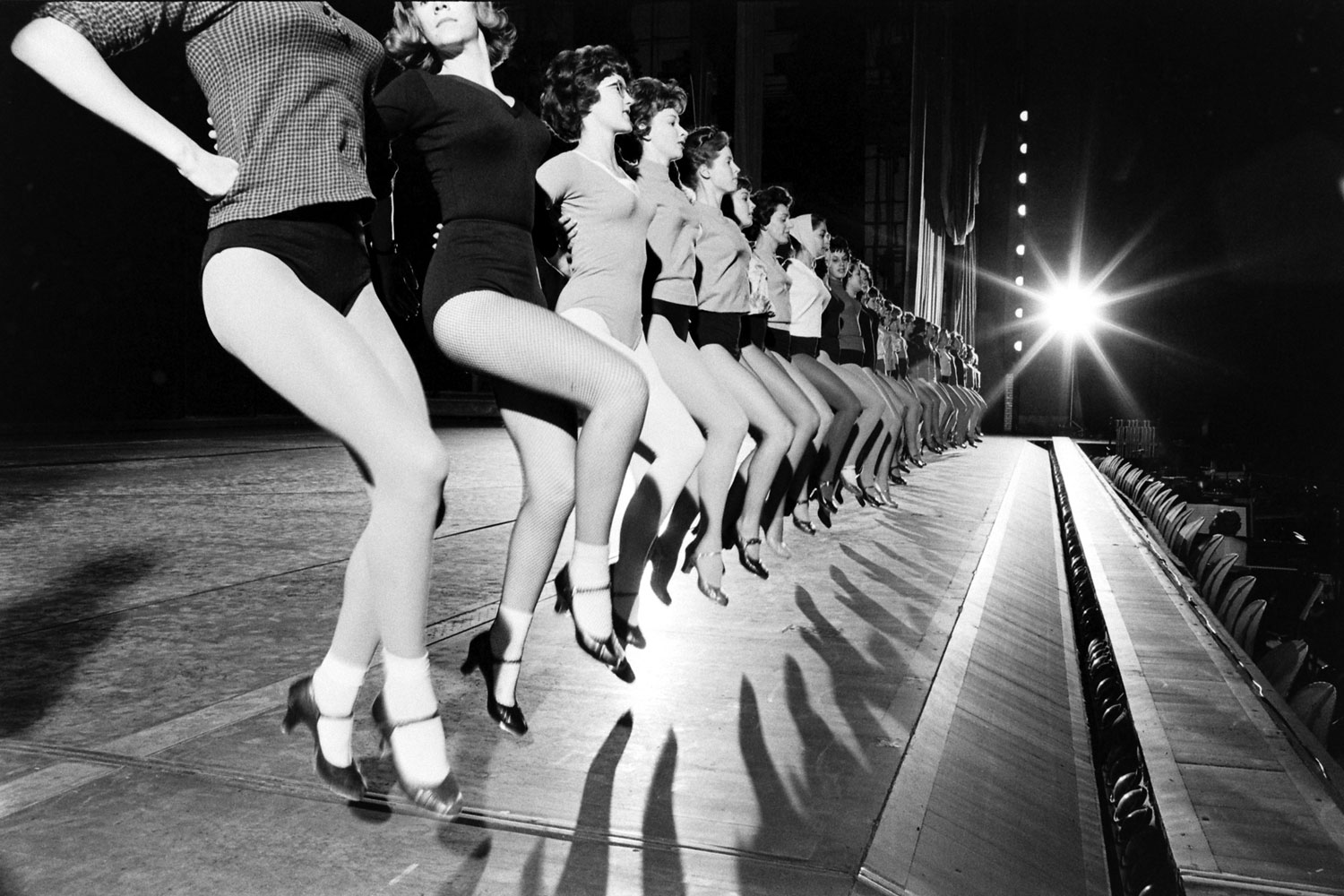
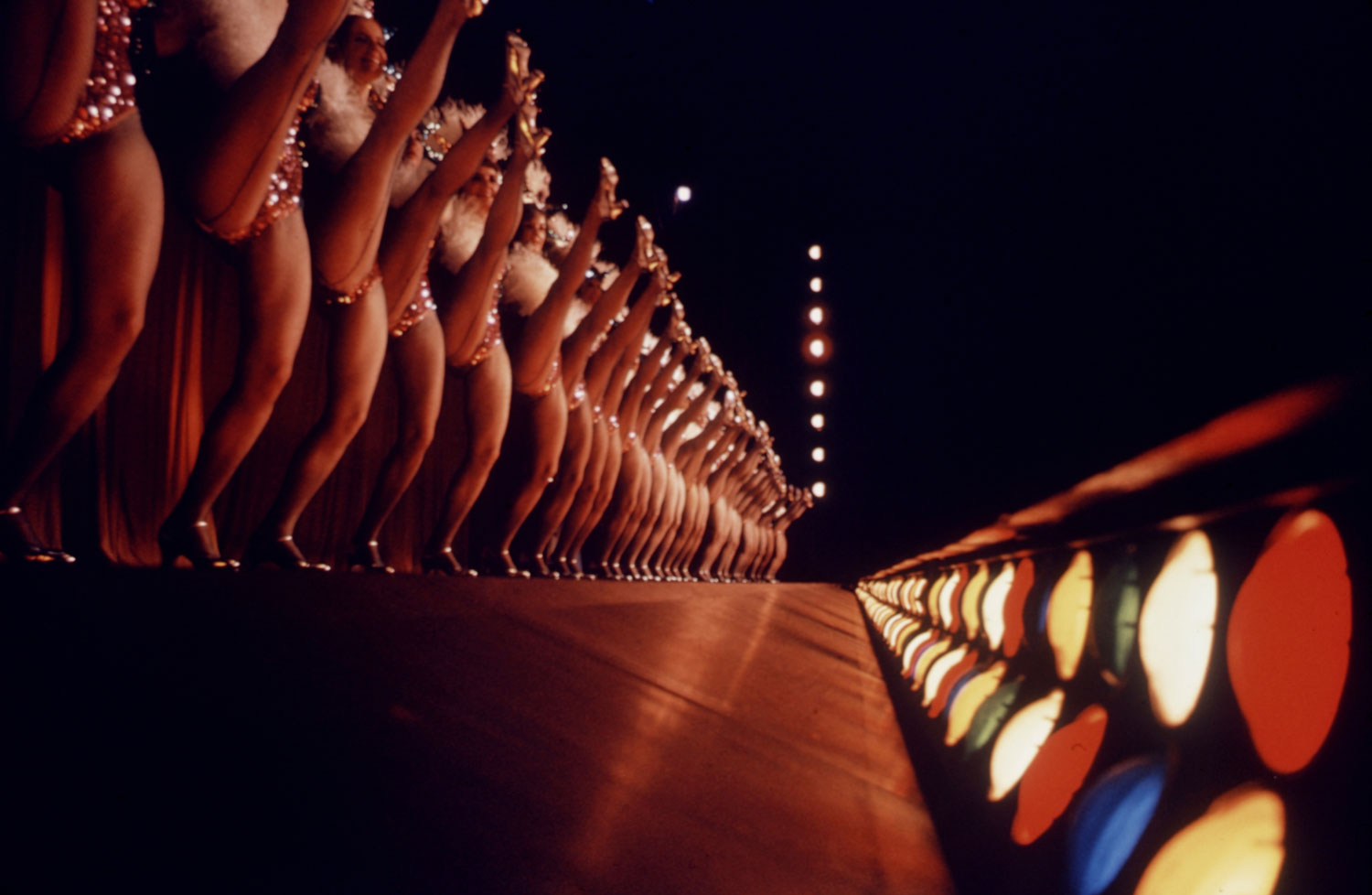
More Must-Reads from TIME
- Cybersecurity Experts Are Sounding the Alarm on DOGE
- Meet the 2025 Women of the Year
- The Harsh Truth About Disability Inclusion
- Why Do More Young Adults Have Cancer?
- Colman Domingo Leads With Radical Love
- How to Get Better at Doing Things Alone
- Michelle Zauner Stares Down the Darkness
Contact us at letters@time.com